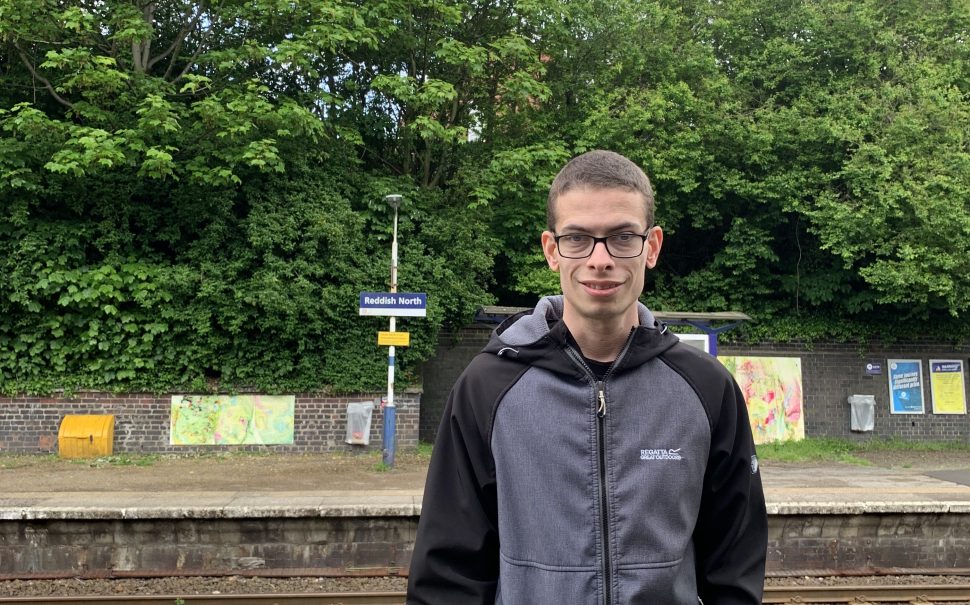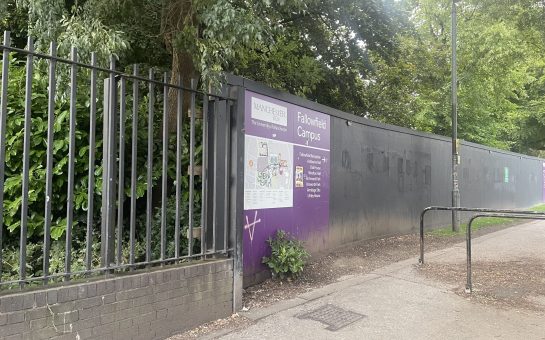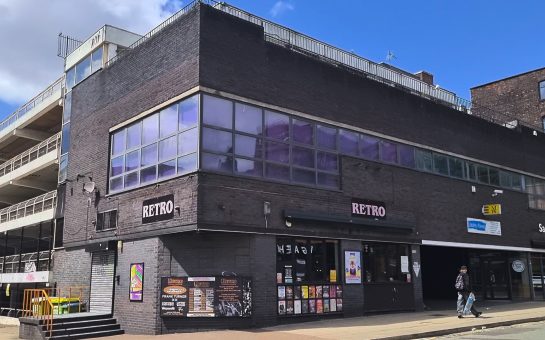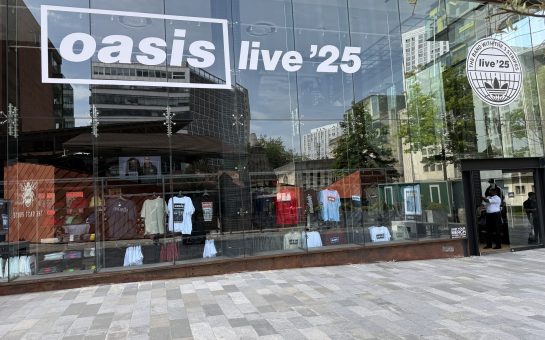As yellow buses start to appear across the city, Andy Burnham’s flagship Bee Network begins to take shape. The Bee Network, a London-style system which will integrate bus, tram, cycling, walking and rail travel, aims to improve and develop transport infrastructure across Greater Manchester by strengthening local control. But for some, the fight for improved public transport in the region has been going much longer.
Nathaniel Yates can tell you the exact moment he knew something needed to change.
The 30-year-old campaigner, who has cerebral palsy, suffered a fall on the steps at Reddish North station in 2013. It was only when he returned five years later that he realised nothing had, or likely would be done, to make the station accessible to disabled people.
So, he took on the campaign himself.
Through petitioning and raising awareness on social media he was able to attract the support of his local MP Andrew Gwynne, as well as Mayor Andy Burnham.
Ten years on from his fall, he has secured £4m of funding to make the station accessible.
He said: “I’m not going to be happy until shovels are in the ground, spades are in the ground, workmen are here and at other train stations putting in lifts or wheelchair ramps.
“Obviously more can be done but in the last couple of years it seems like they’ve really stepped it up and they’re trying to do things about it, and we just need the work to be done.
“They’ve been telling me that if we make every station accessible in Greater Manchester it’ll be 2070 by the time the step-free access gets done, so I might be an old man by the time that happens.”
According to TfGM, only 40% of train stations in Greater Manchester are fully accessible, and a further 14% have steep ramps that are not suitable for people with certain walking impairments.
TfGM says that it is working towards having local rail services as part of the integrated network around 2030, but is prioritising funding for reconstructions on a case-by-case basis.
Greater Manchester’s vision for a truly integrated public transport network includes all modes of transport, with ambitions for services on six key rail routes to be integrated into the Bee Network once buses are brought under local control from 2025.#GetOnBoard pic.twitter.com/Ay0PtyTLKU
— Transport for Greater Manchester 🚲🚶🏾♀️ (@OfficialTfGM) December 23, 2022
Nathaniel added: “They’re putting their mind to it now, and I’m sure they’re making great changes and great strides and hopefully that continues, and they consult groups that need to be consulted.”
Earlier this month TfGM appealed to disabled people living in the region to join their Disability Design Reference Group (DDRG), which has been informing changes to public transport since its establishment in 2008.
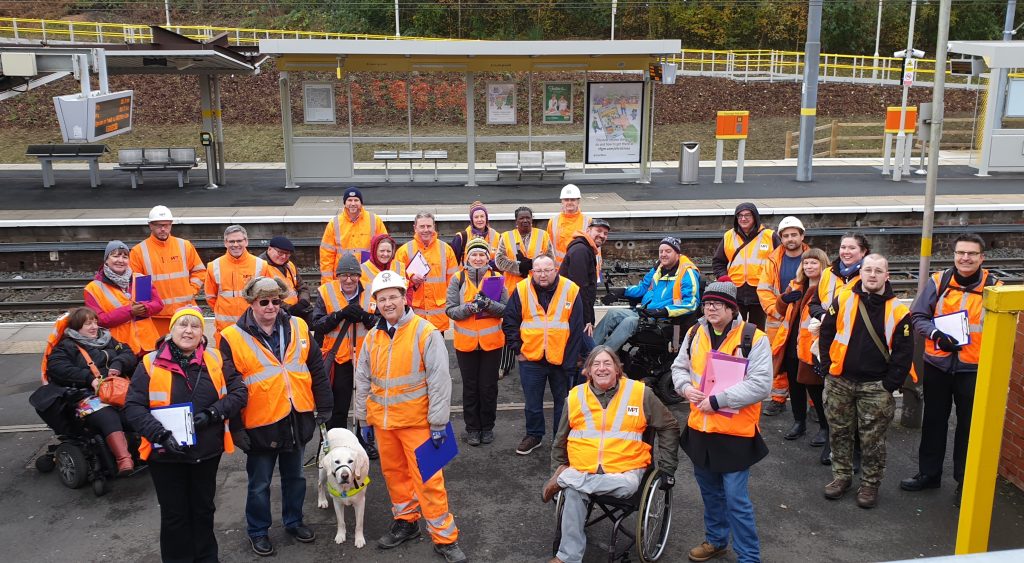
The DDRG provides advice on the grounds of their own lived experiences, and has previously played a major role in the enhancement of the Metrolink.
As the DDRG expands, so does their remit – the group has been advising the design and delivery of TfGM’s ambitious Bee Network.
Emma Flinn, Head of Partnerships, Engagement and Inclusion for TfGM, said: “There are a number of new buses that have been procured to have on the franchise network, and what we’ve done is designed those with input from people with different types of disabilities.
“So whether it’s from a mobility perspective, or sensory, or cognitive, we’ve gone through a process to actually look at the design with people with lived experience.”
Emma is confident that the franchising of Greater Manchester’s transport system will make it more possible for consistent standards to be met across the network, with a clearer set of shared expectations.
“What we’ve got at the moment, and what we’ve had for the past 40 years in Greater Manchester is individual bus companies running services, so they do that to their own standards, with their own driver training and their own vehicles.
“Moving into locally controlled buses as part of a wider Bee Network fundamentally provides the right platform to be able to say: these are the standards, and these are the expectations, and operators who run the franchise services will be held to account for that.
“If someone’s consistently having issues with their journey, the difference of a franchise world is the customer knows who to go to to raise that as an issue.”
The DDRG has helped to inform the implementation of a second wheelchair space within the new buses, as well as the introduction of audiovisual announcements and even the colour scheme of the vehicles.
Emma added: “Even from the early stage of developing a policy, we’re able to talk to individuals with lived experience to understand what it might mean from their perspective.
“Inclusivity, accessibility, those are part of the principles that underpin what the Bee Network is, and how it should work for people. If that’s going to happen, in reality, it needs to be there: front and centre.”
The difficulties faced by disabled people run deep within the infrastructure of Greater Manchester’s public transport networks, and Nathaniel is continuing to fight for funding to transform the many inaccessible train stations across the region.
The work he’s been campaigning for at Reddish North will begin in 2025.
For now, efforts for change seem to be on the right track.
Featured image credit: Eleanor Storey
